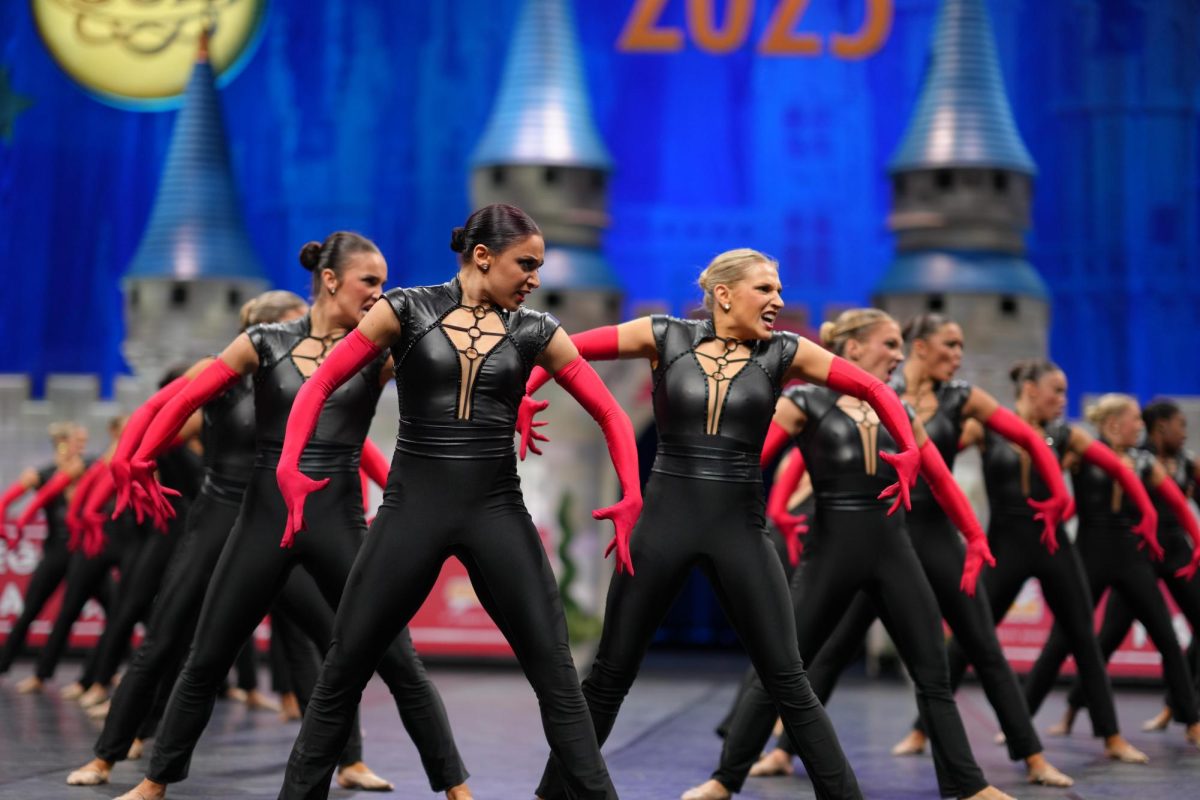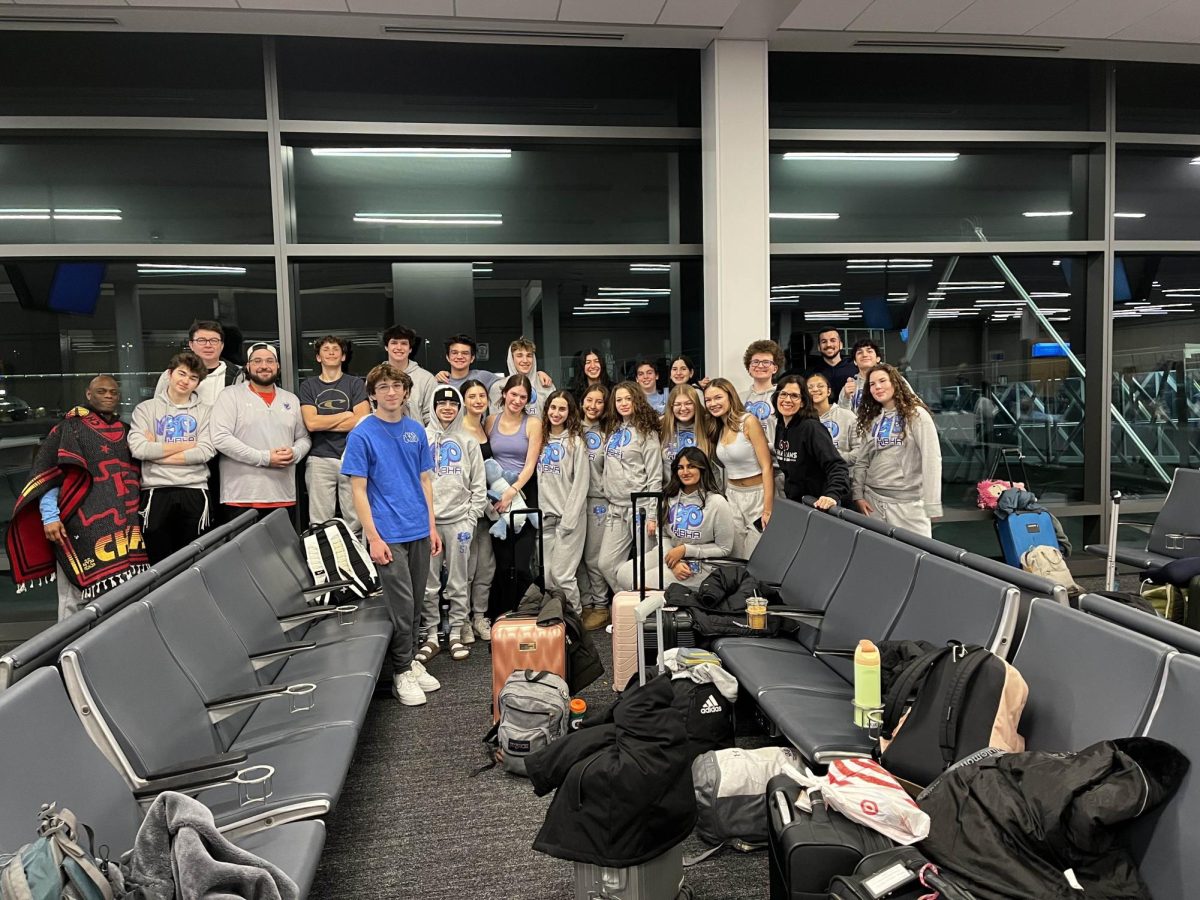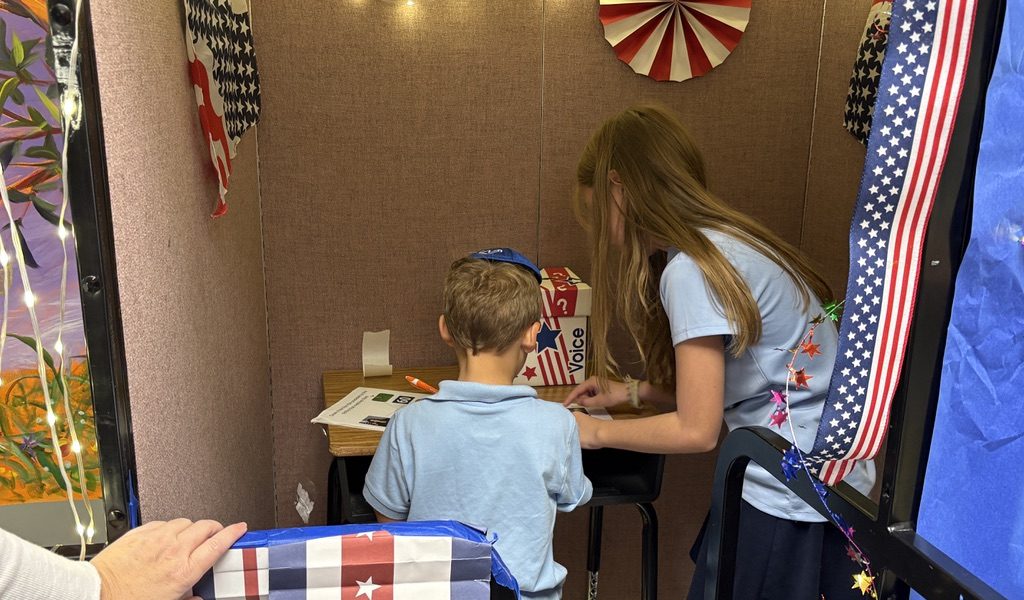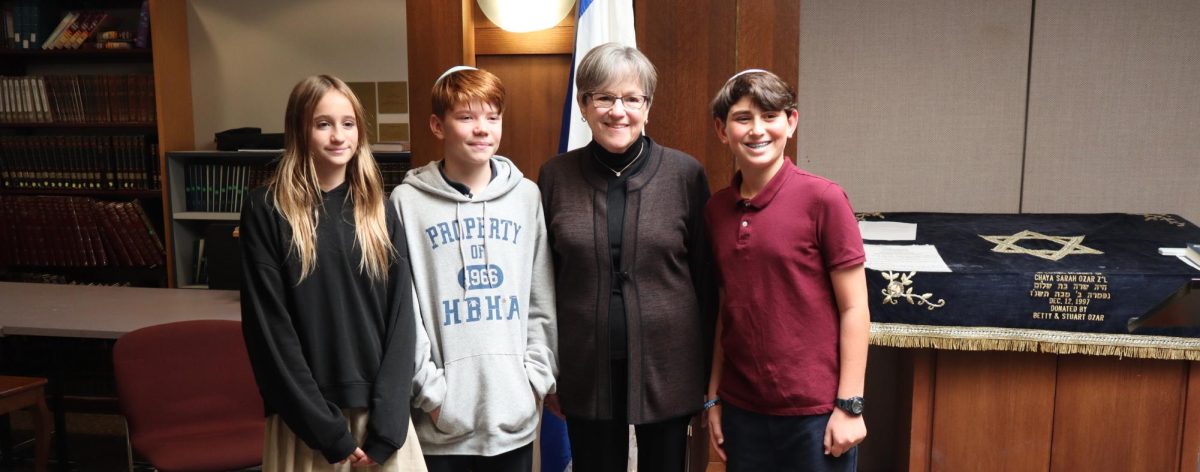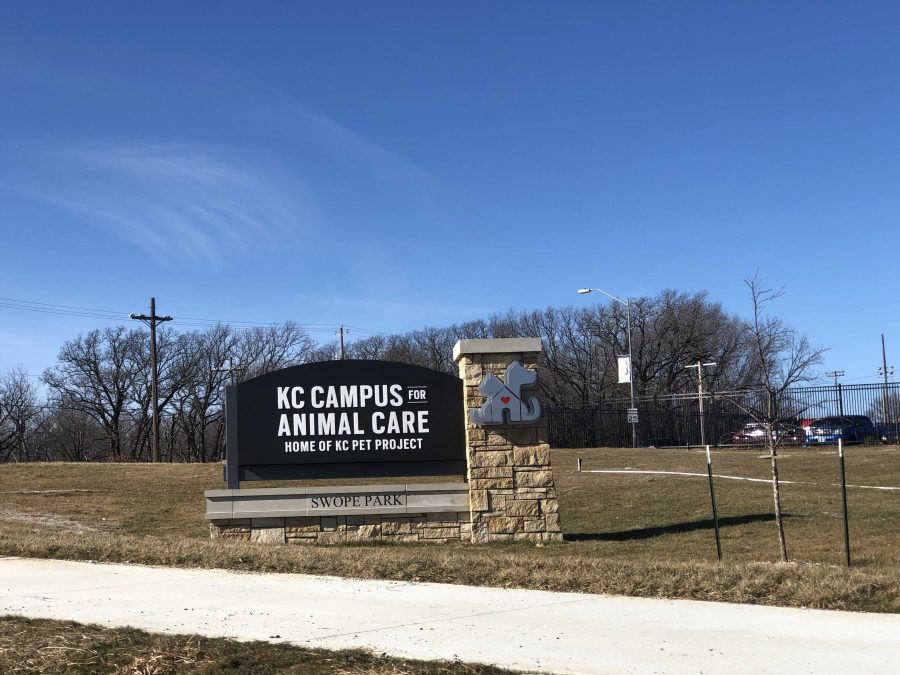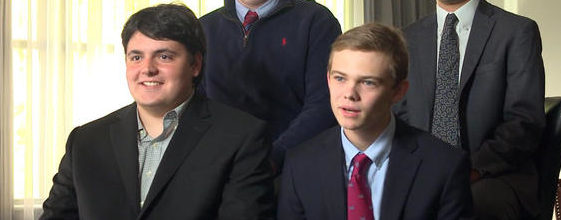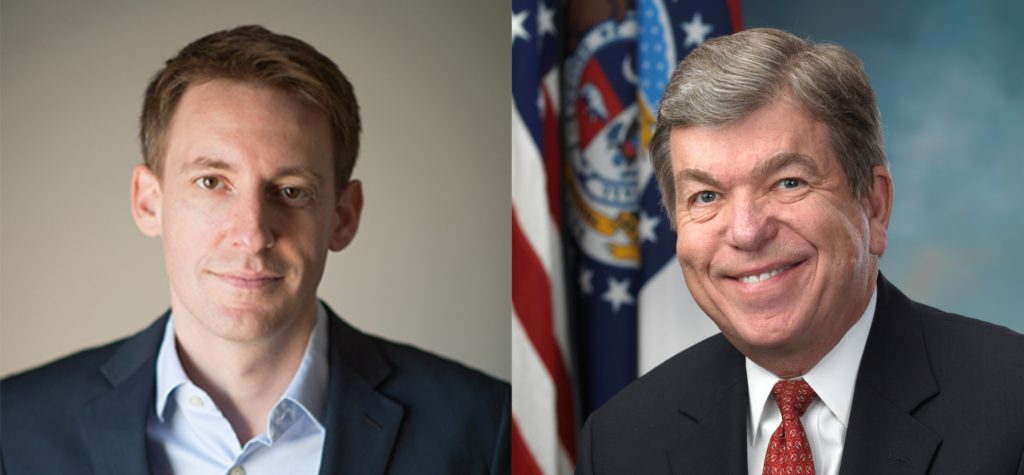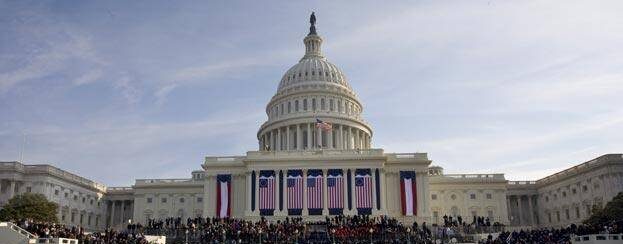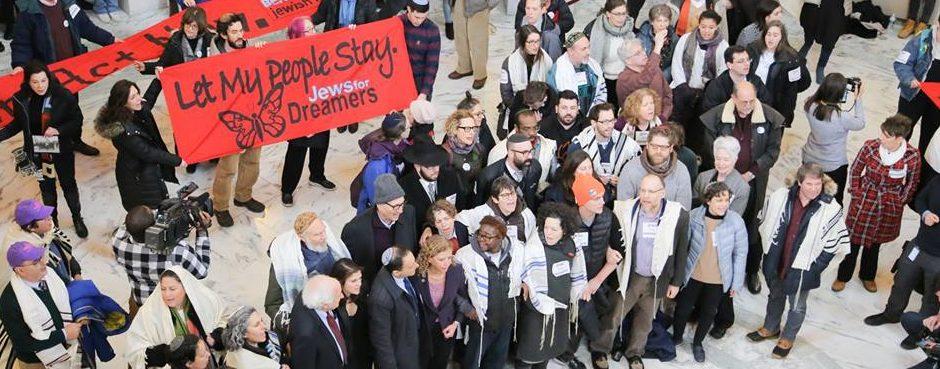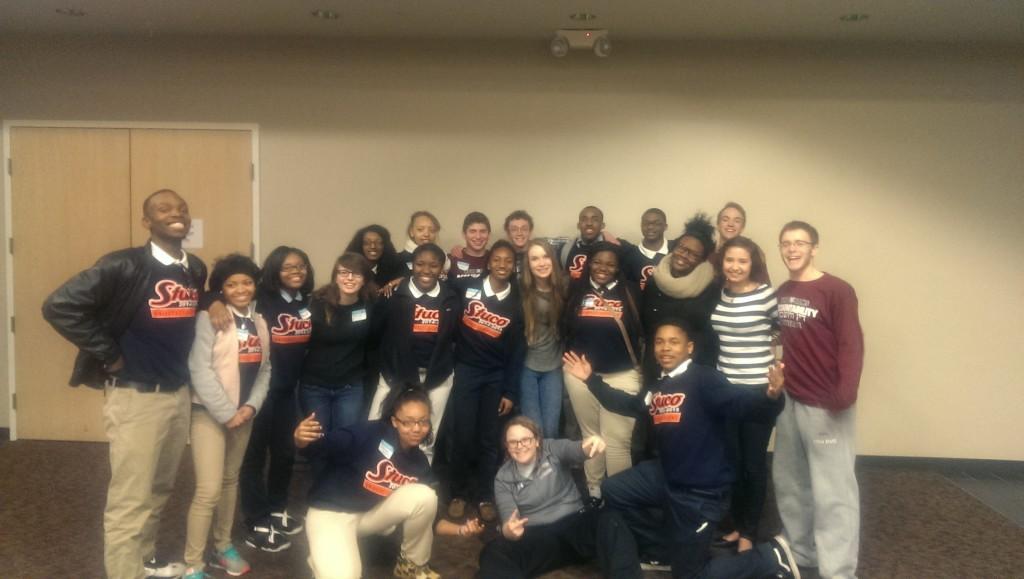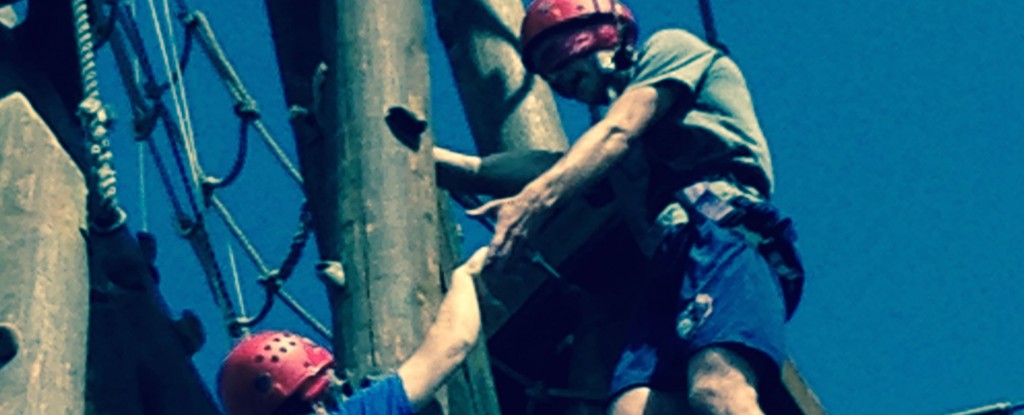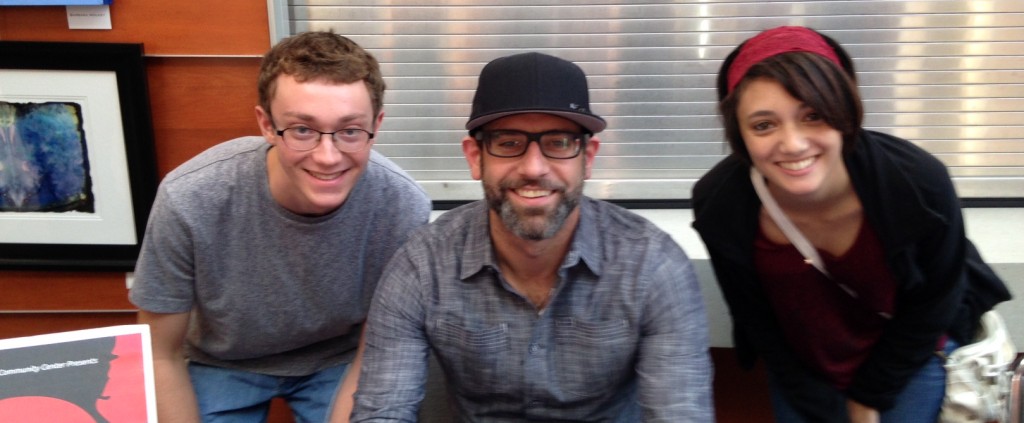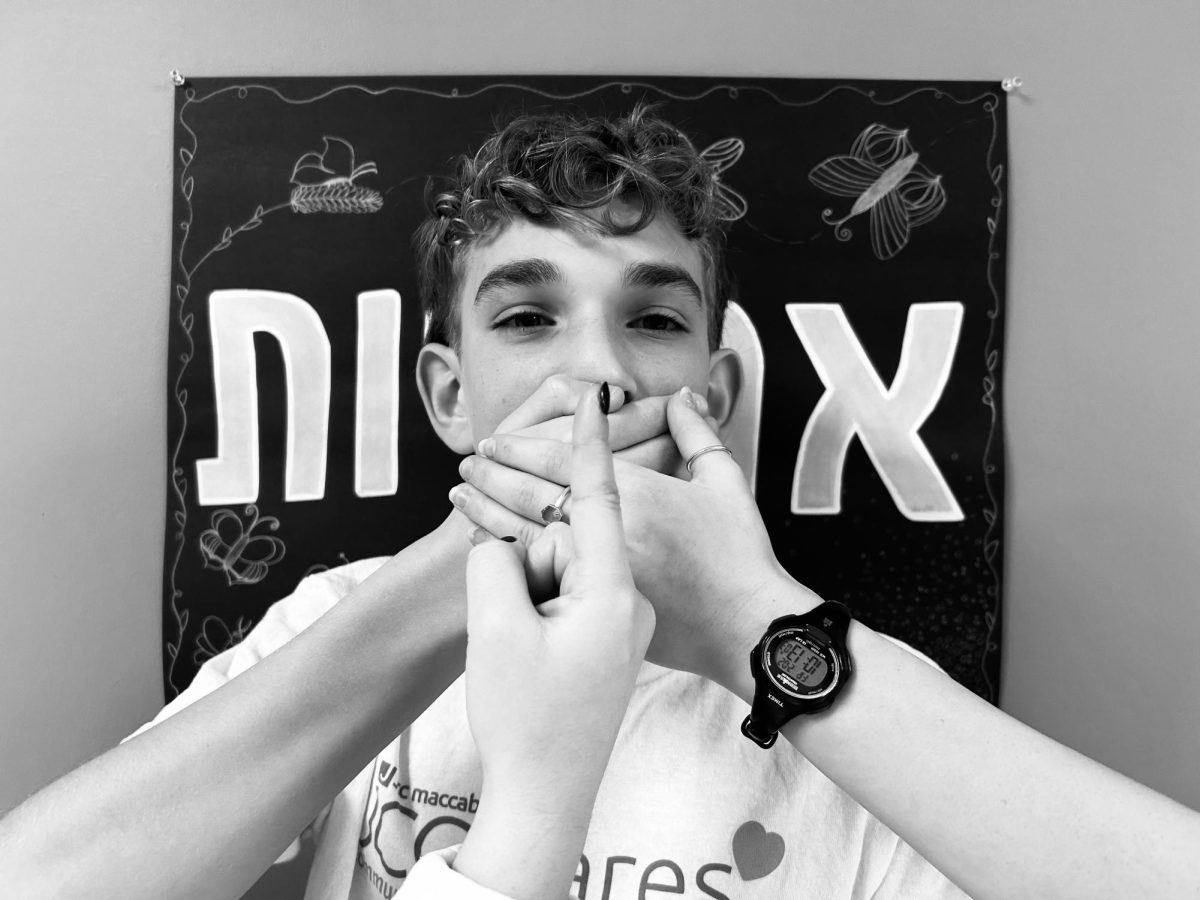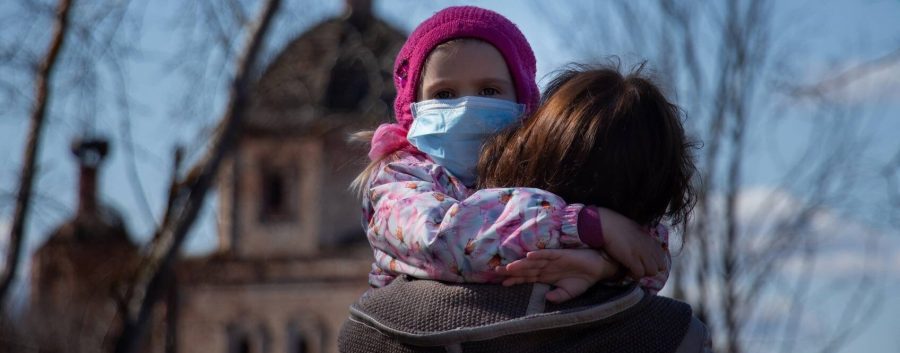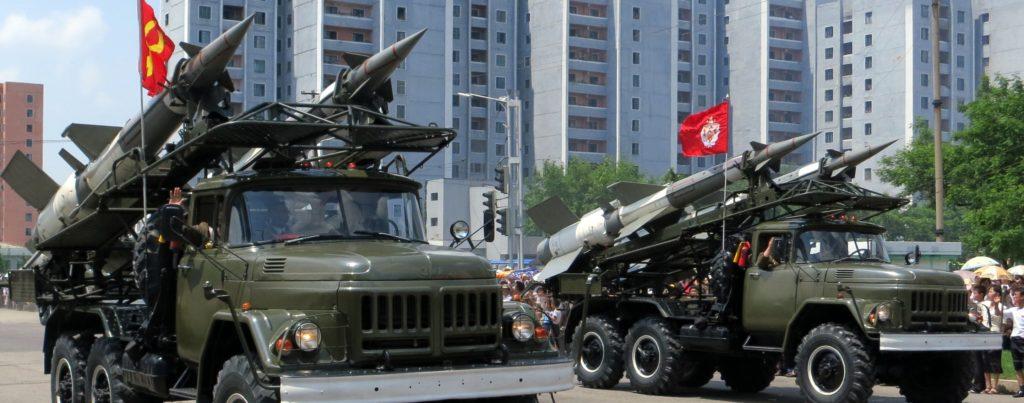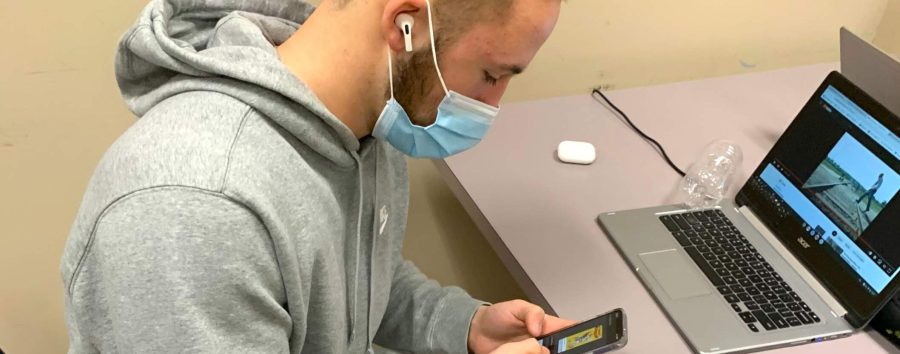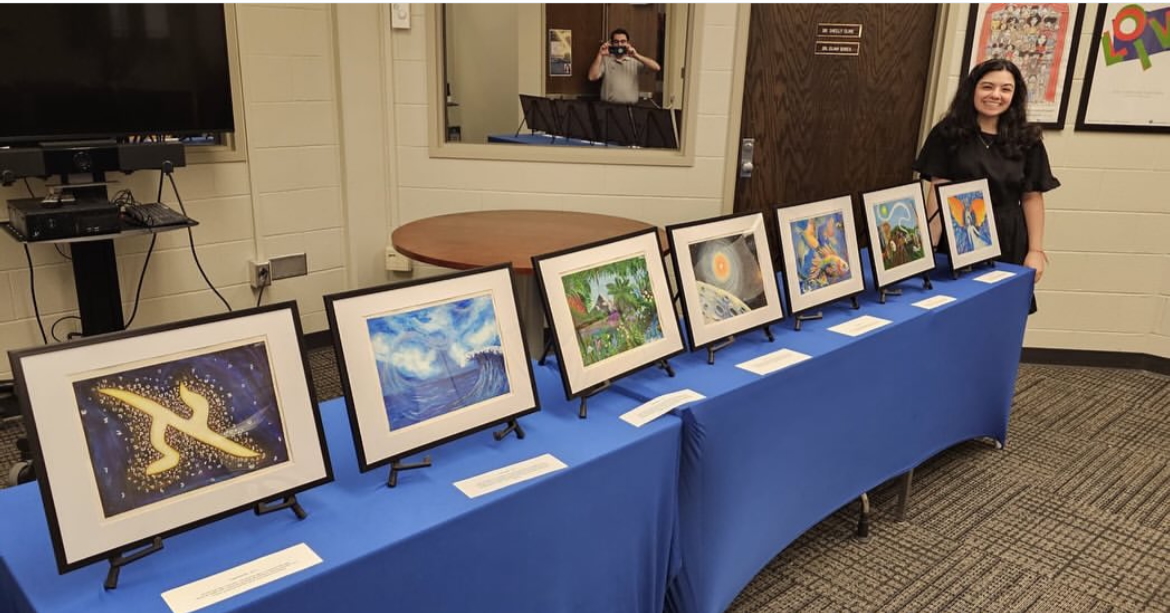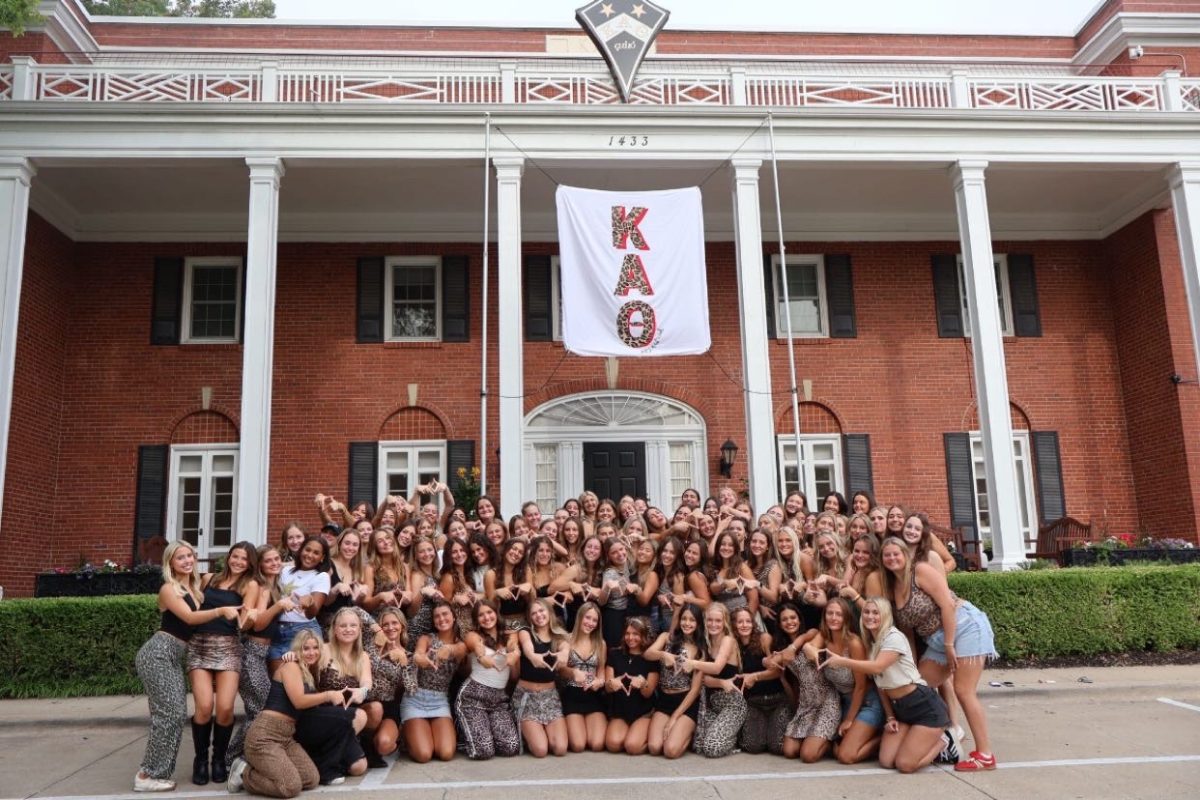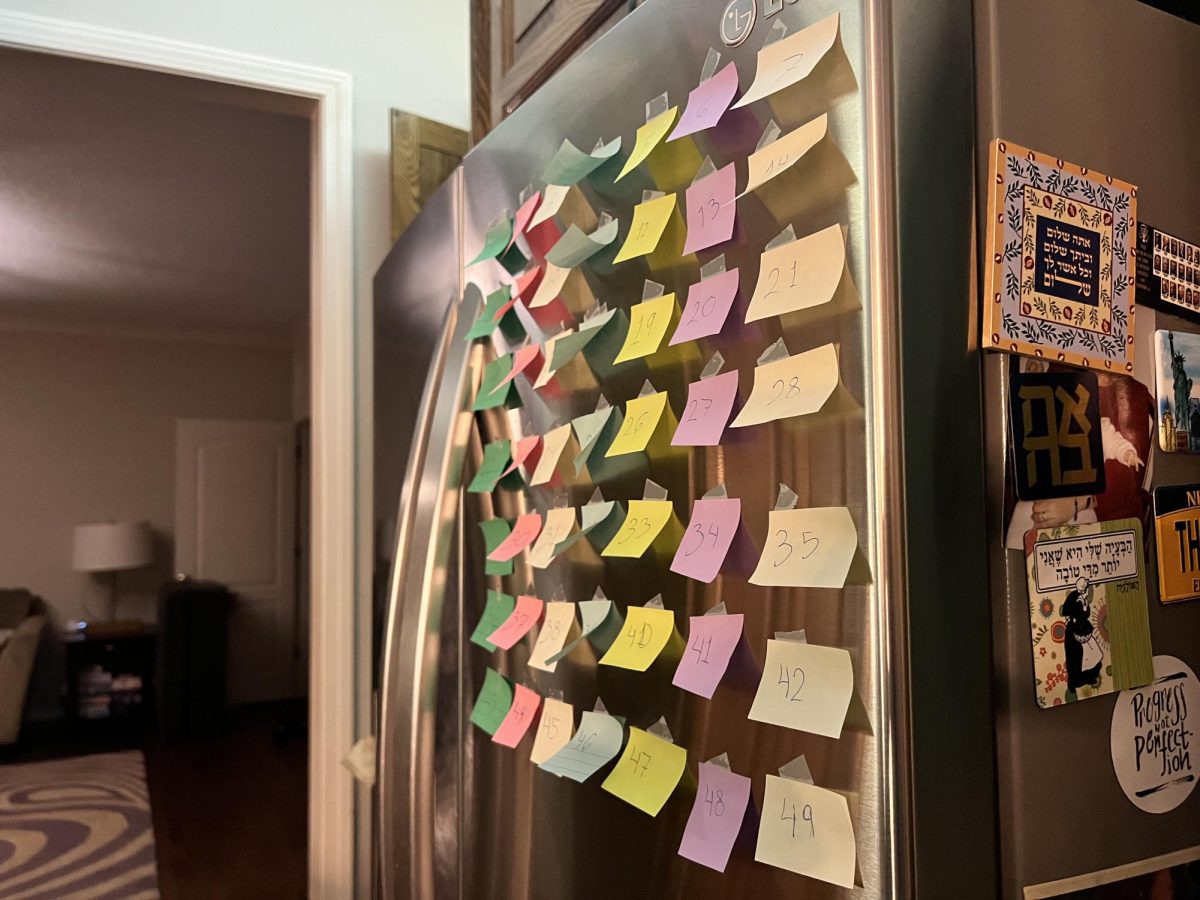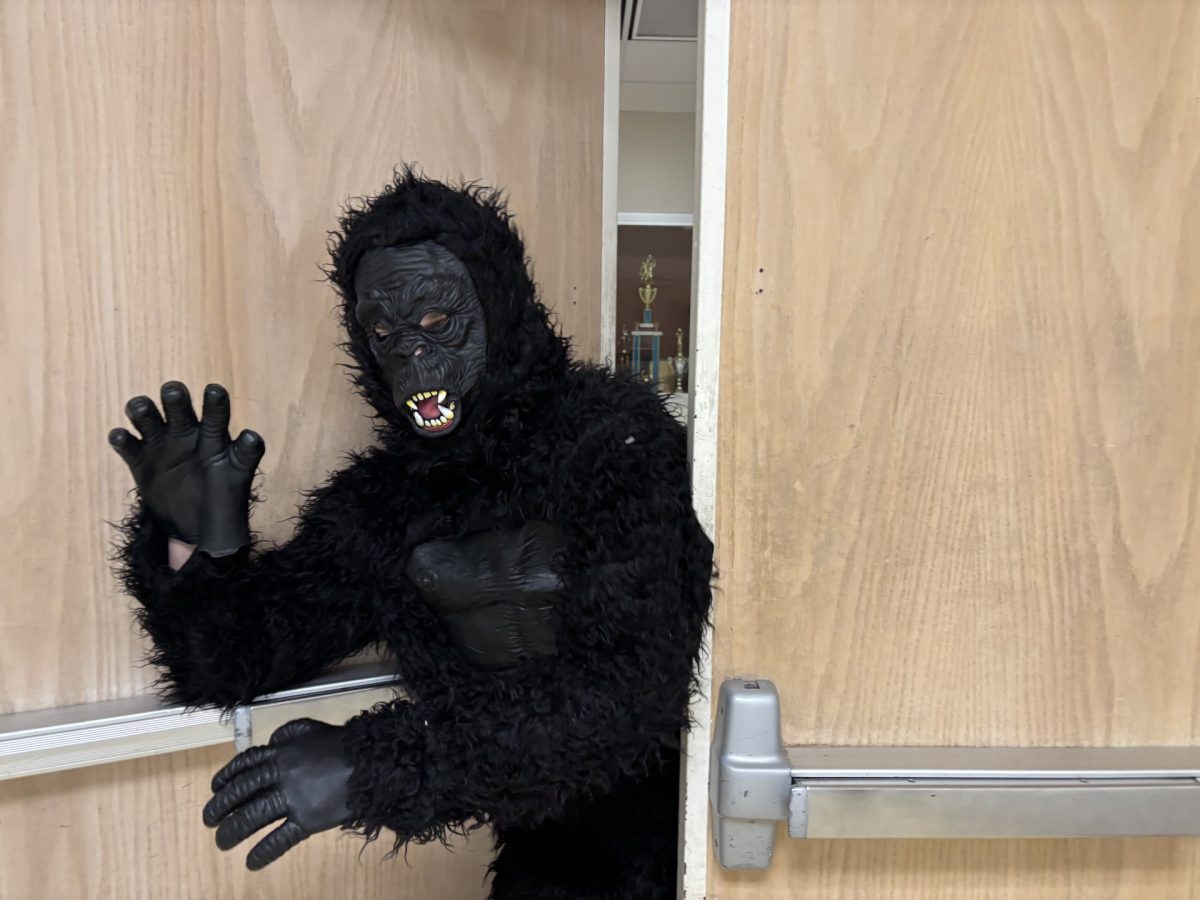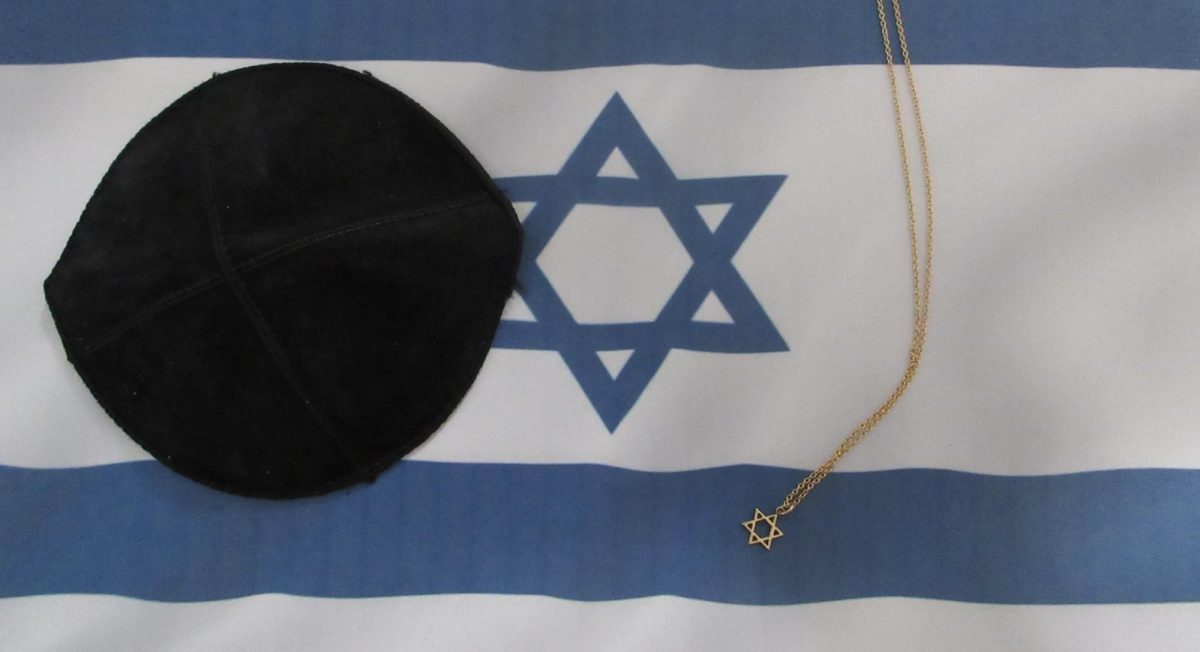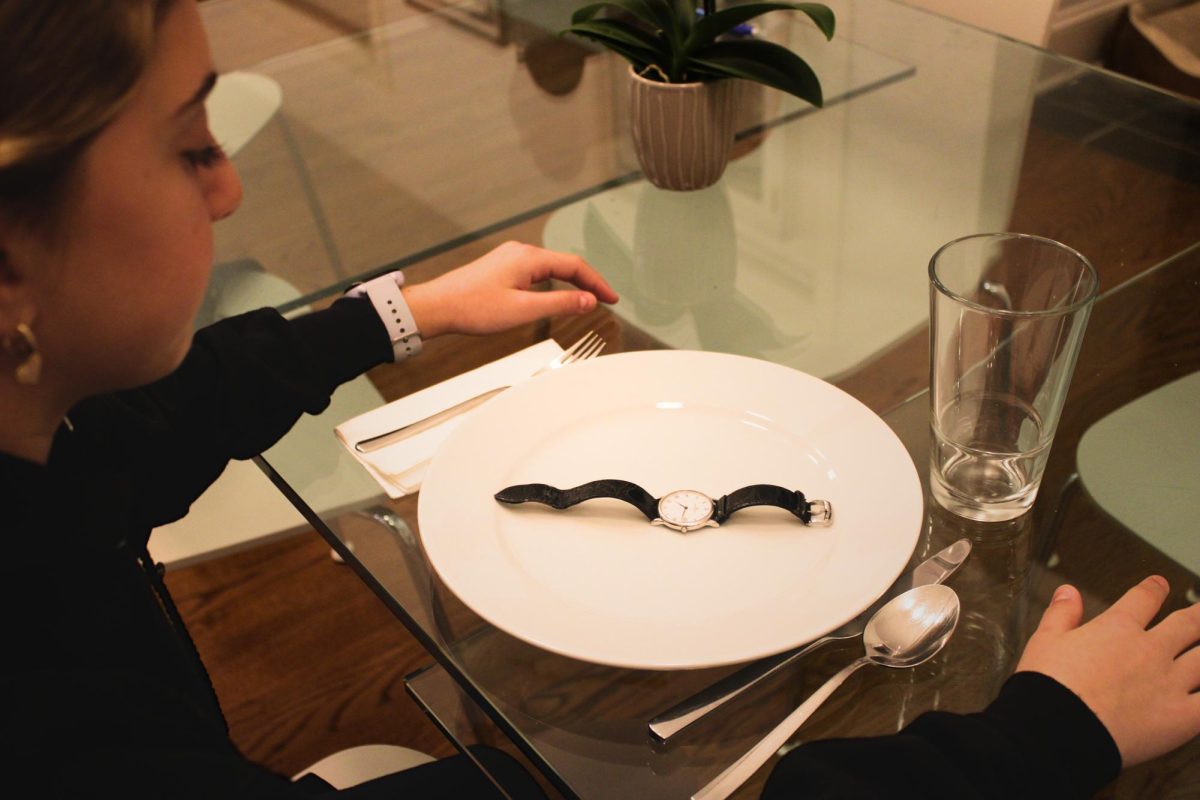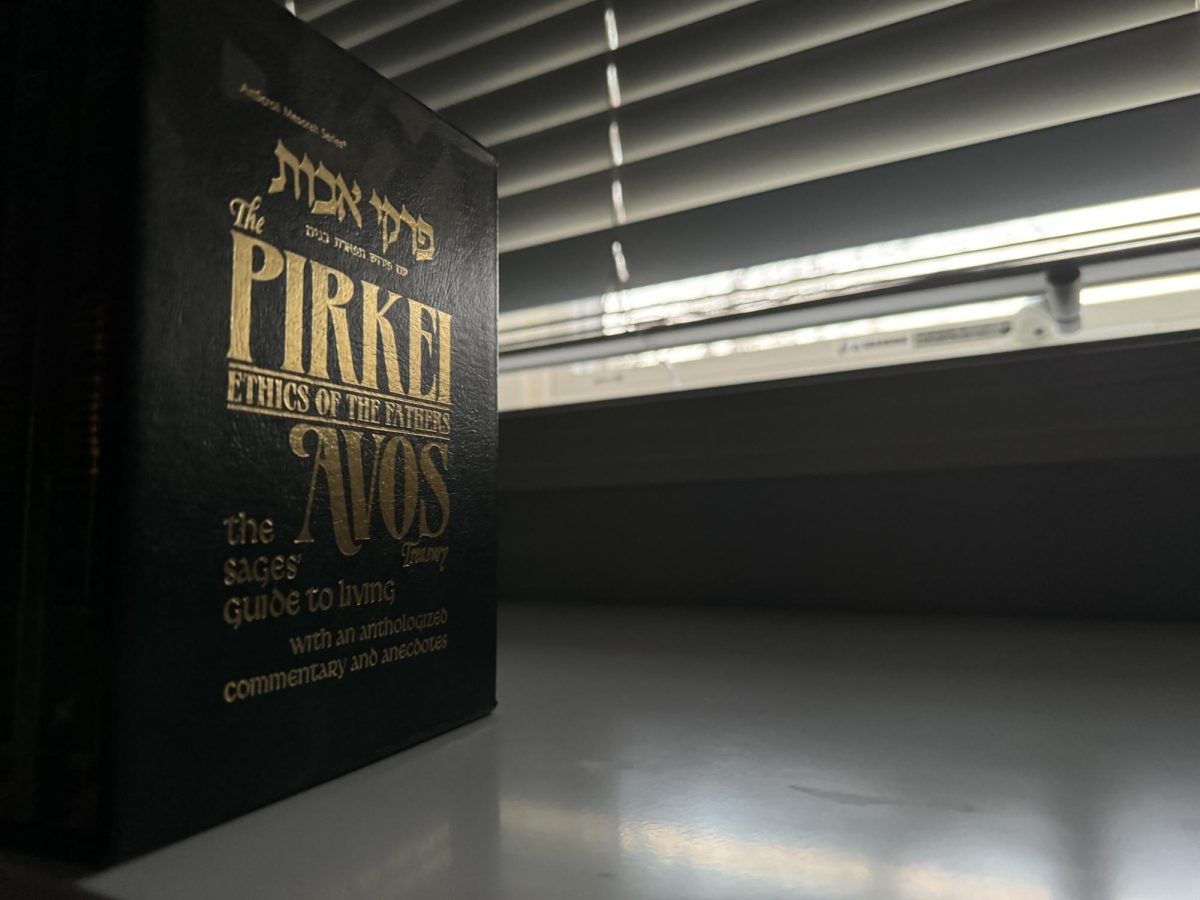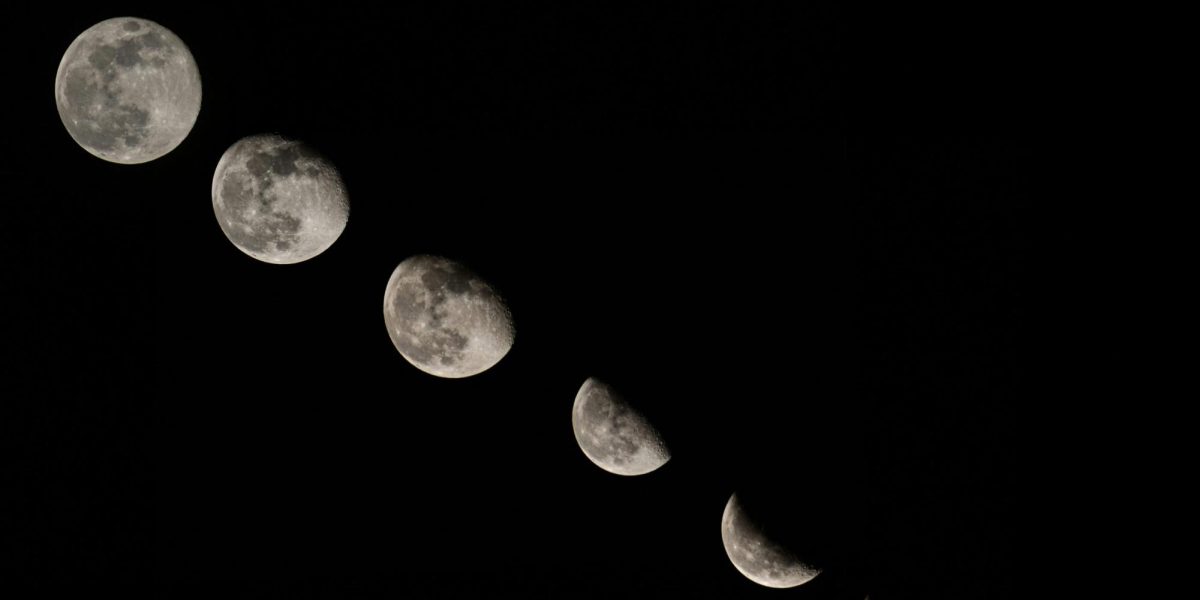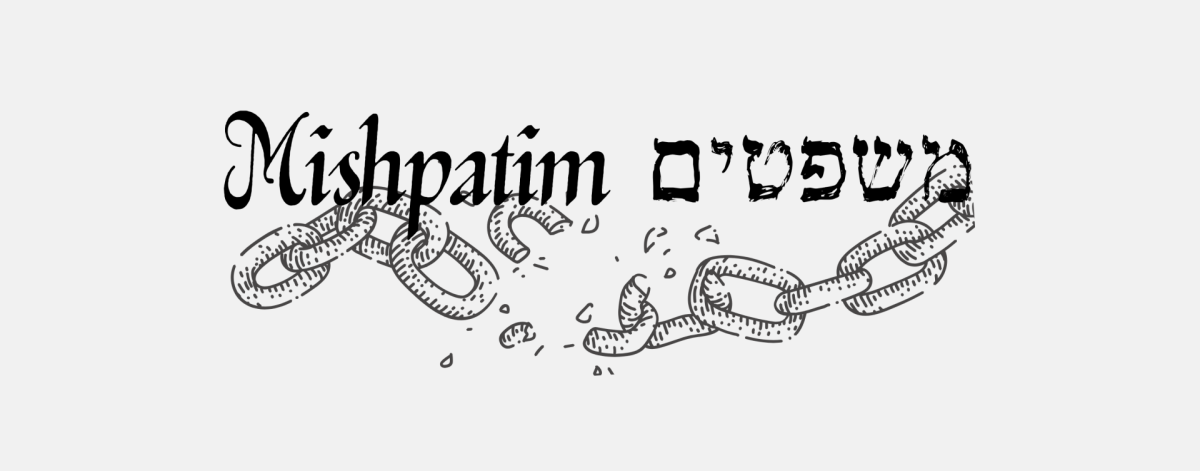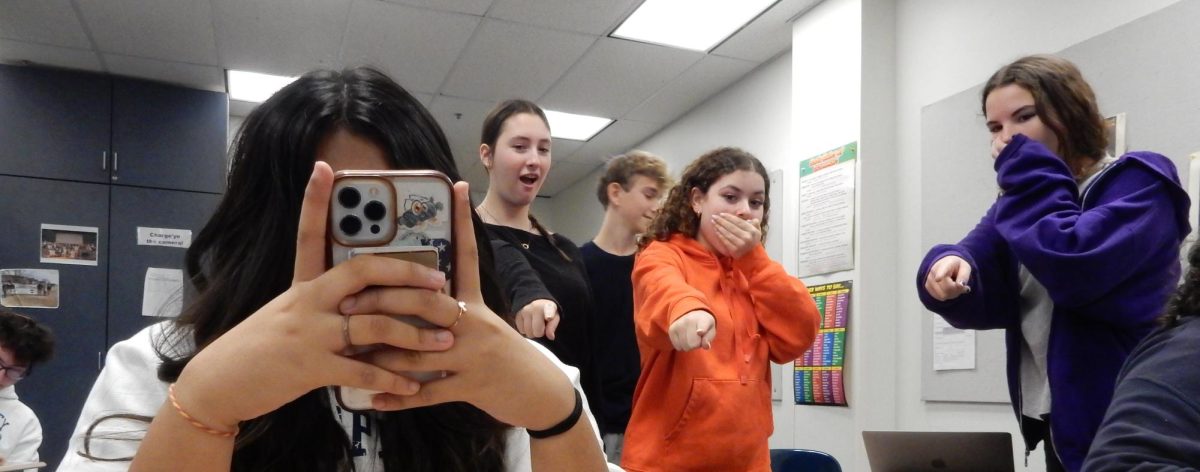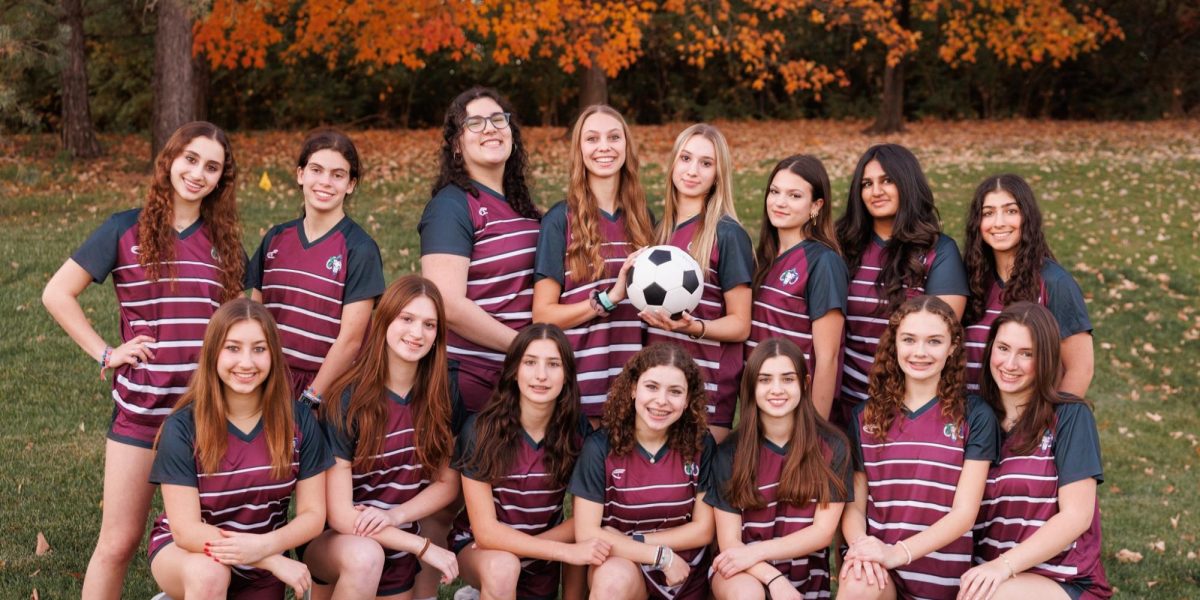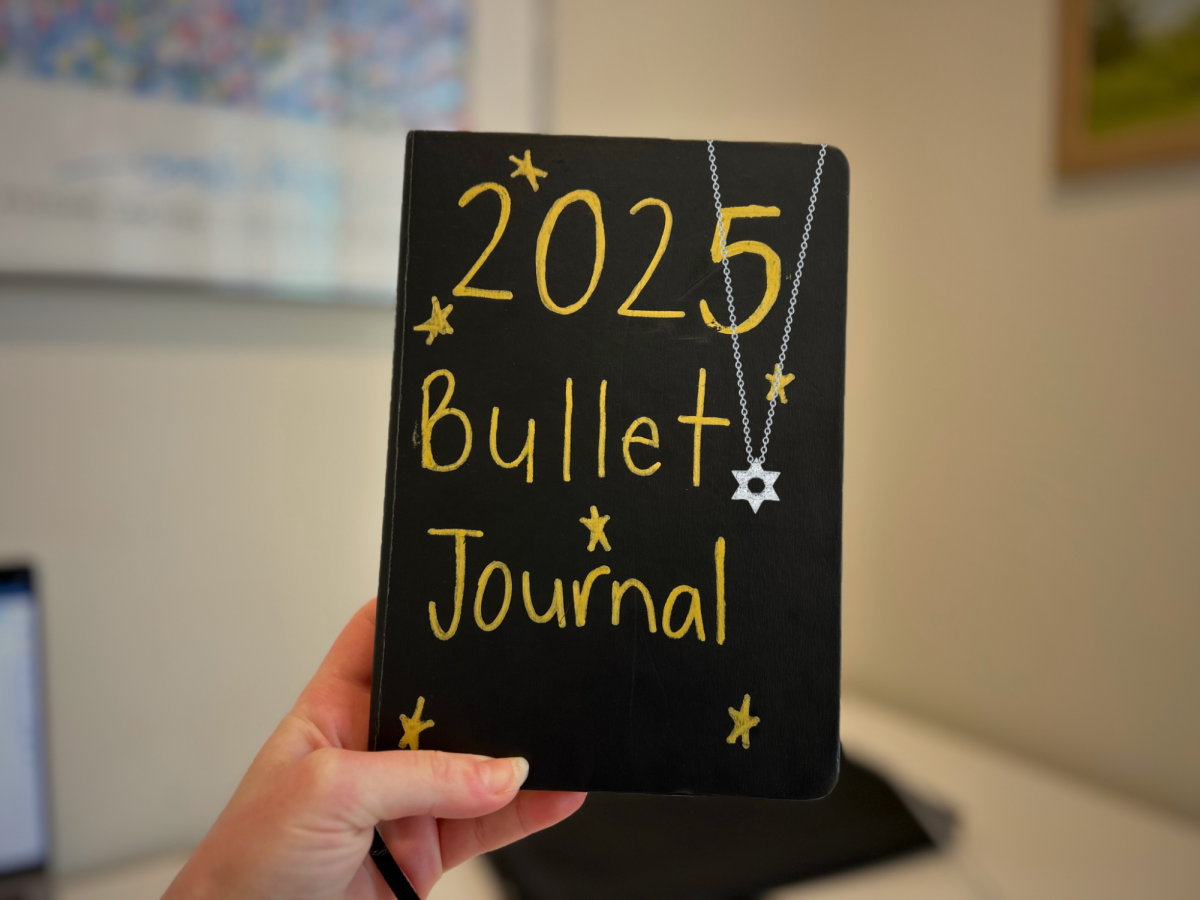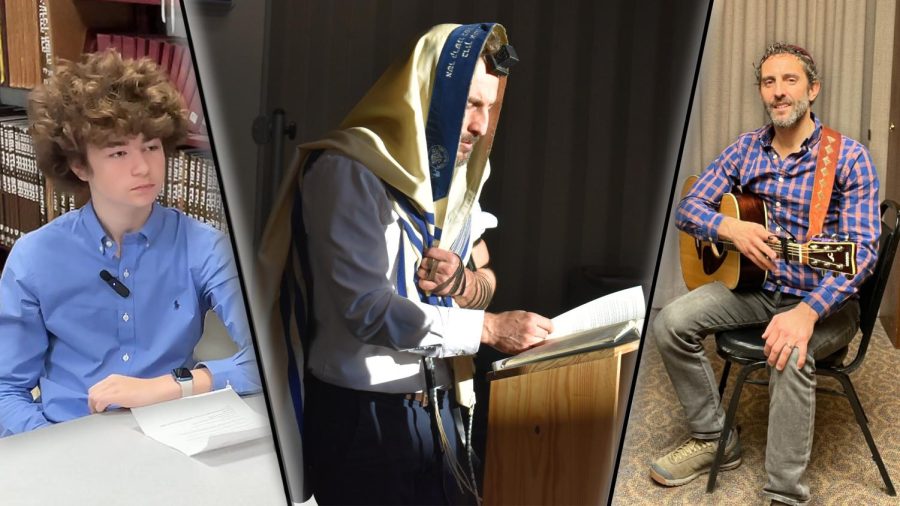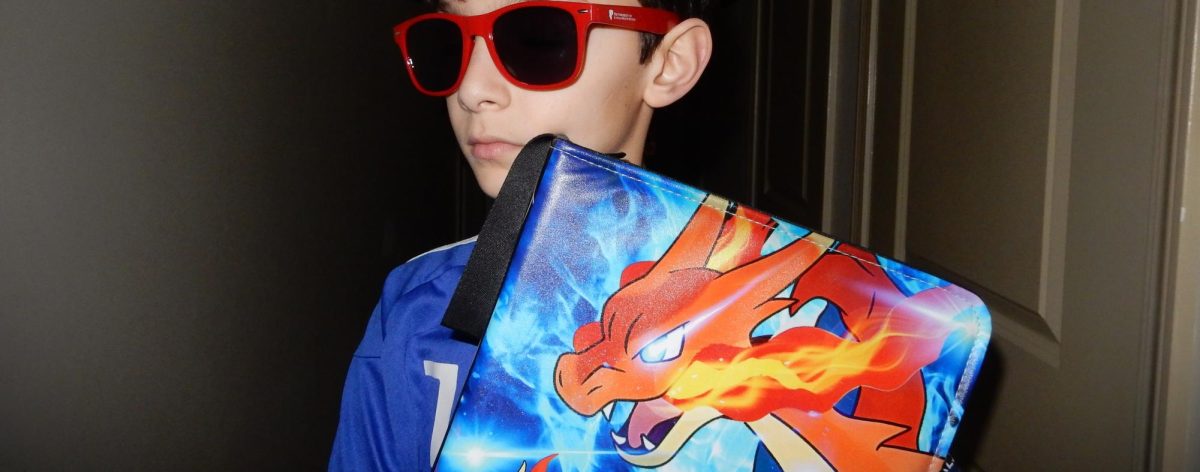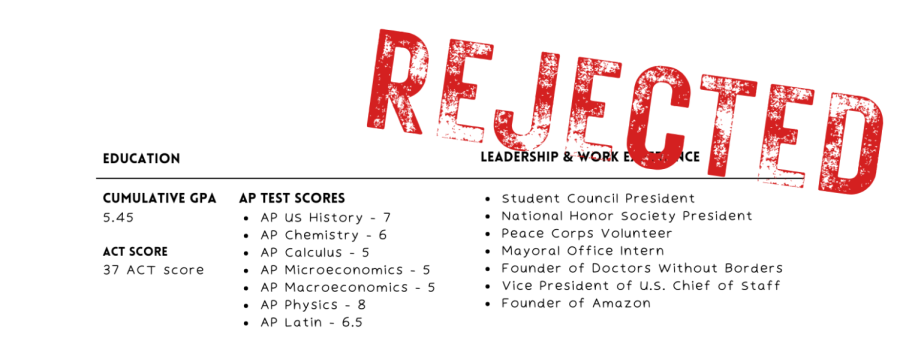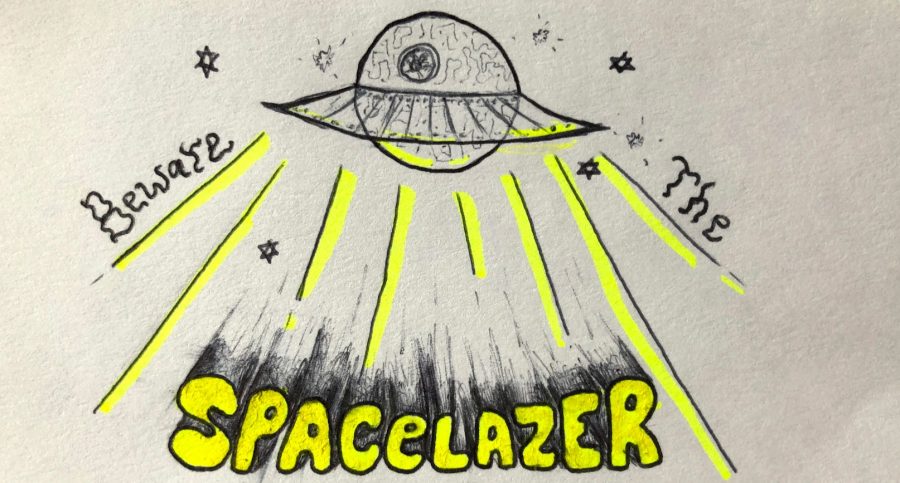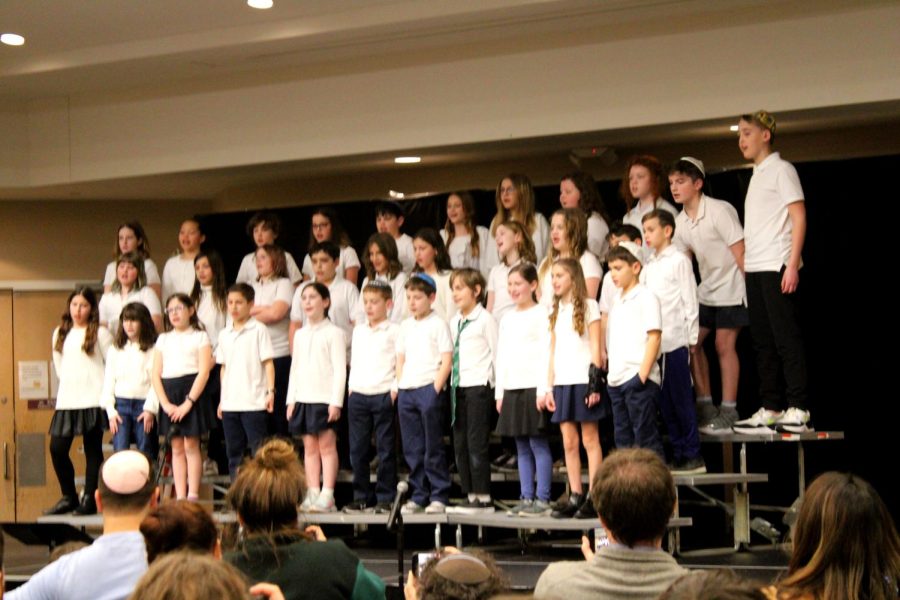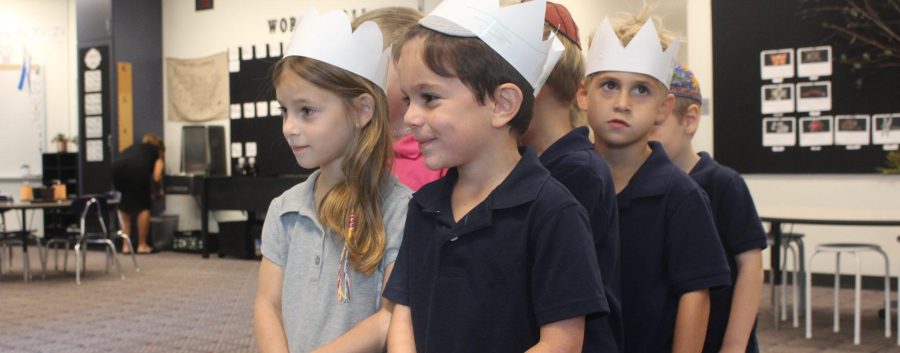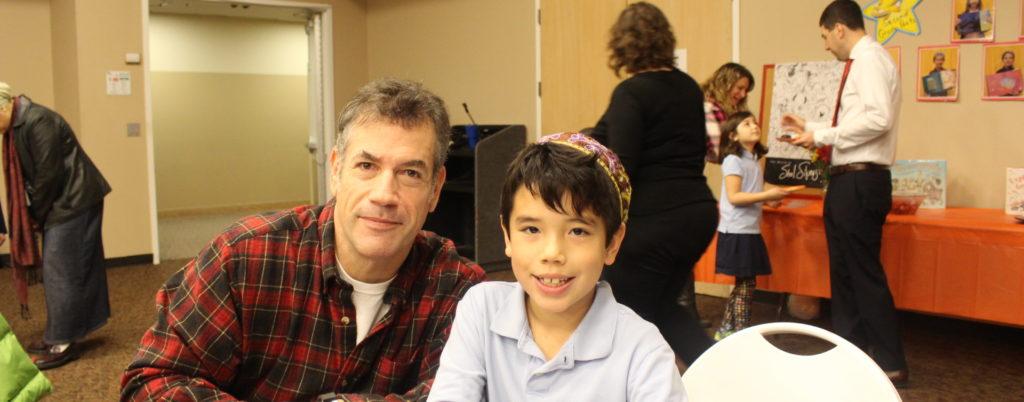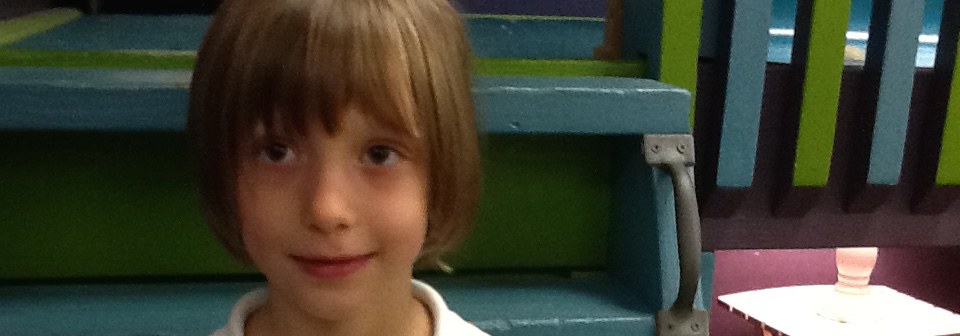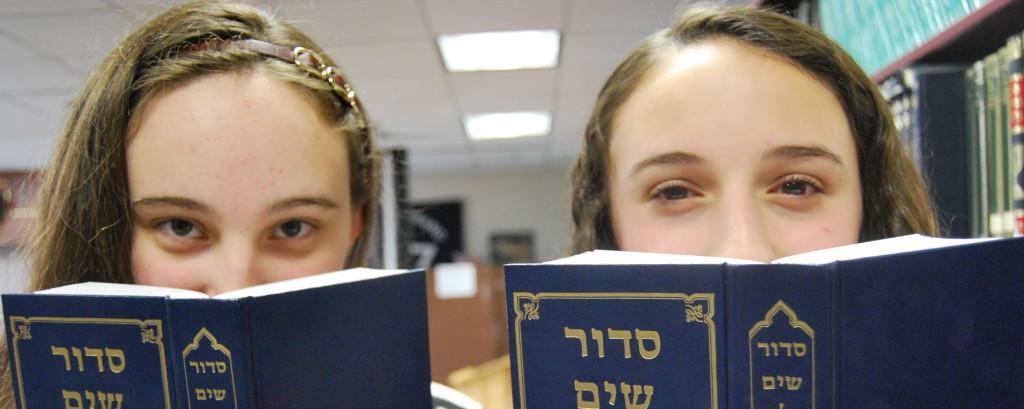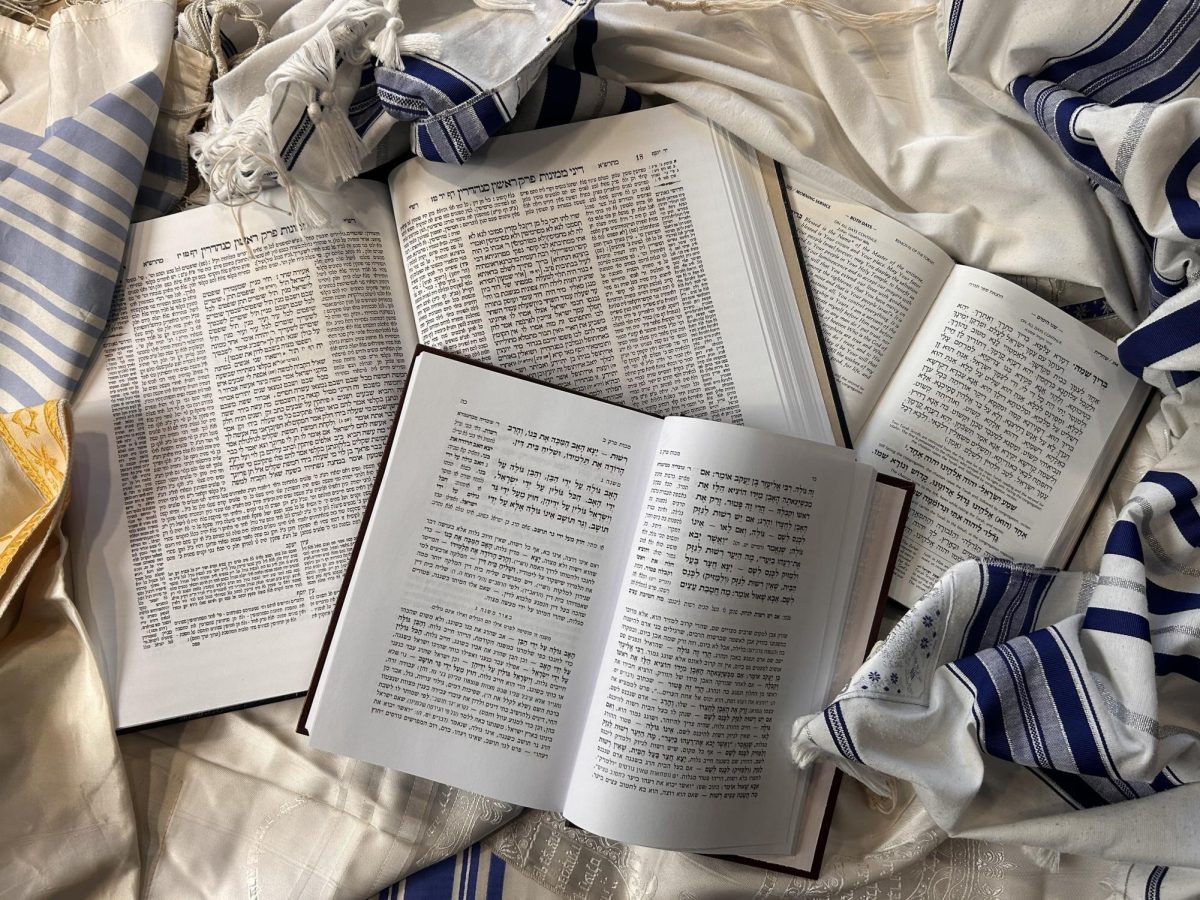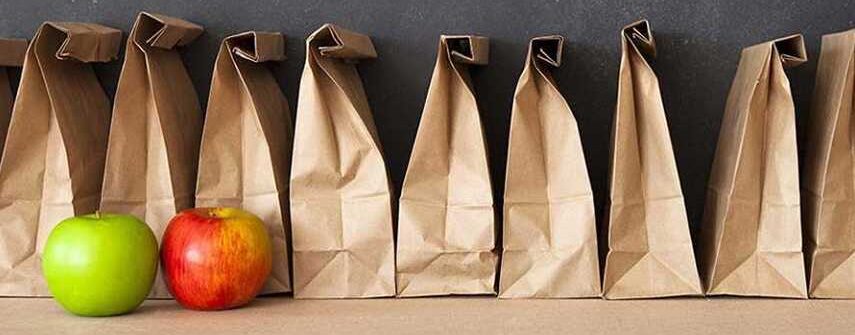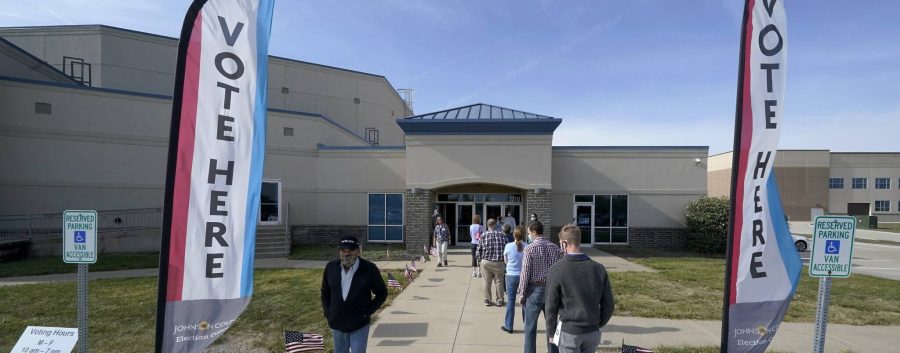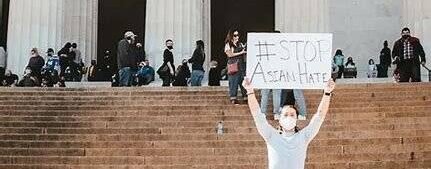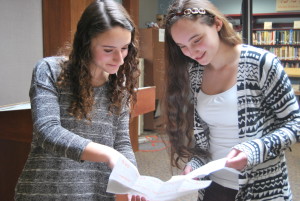
A new monthly tradition recently began that changed-up prayer services in HBHA’s Egalitarian Minyan, where the responsibilities and expectations are traditionally equal for both genders. Last fall, several HBHA staff members, including Egalitarian Prayer supervisor Zohar Flacks, came together and decided that it was time for a change. It seems that prayers have become a keva, routine, and something that students do not entirely care for. Sophomore Leah Sosland supports the changes that are being made to prayers. “I think that while our usual prayers are respectful, they have been in need of improvement for a long time. The routine can get tiring, and ruach gets pretty low after the first quarter,” said Sosland.
About once a month, alternative prayers are held. On these days, Dr. Edna Levy or Rabbi Avi Weinstein lead a discussion or activity relating to praying or kavana. Kavana is the Hebrew word for intention or direction of heart, and lack of kavana in the Egalitarian Minyan is the main reason for these changes.
Dr. Levy, HBHA history and Jewish studies teacher in the high school, is a strong supporter of the new prayer regime. “I have a hard time, personally, with traditional prayers and sometimes I have found on my own Jewish journey that doing things differently helps me appreciate the traditional prayers.” Dr. Levy said. However, she believes that keva and kavana go hand in hand. “I think that the keva is supposed to get me to kavana, and my kavana makes the keva meaningful. They…have to work together,” added Dr. Levy.
Another change is the new emphasis on Torah readings. By the time students enter high school, it has been a couple years since they had their B’nai Mitzvot. Therefore, they have forgotten the skill of reading the Torah using trope. It is a requirement for every high school student to read Torah and write a D’var Torah every semester. The new plan for prayers involves a tutor, Shira Zigler, who helps students brush up on their trope and teaches students who never celebrated their rite of passage.
“I think that it’s really important that school is starting to put more emphasis on things like Torah reading, so hopefully our minyan will start to feel more legitimate.” Sosland reflects. Additional changes are also being made.
Students and staff are confident that their tefilah (prayer) experience will only improve from here on out. Despite their faith in the new prayer, some are unsure that alternativity will achieve ideal prayer. “Sometimes I know it when I feel it. Sometimes it seems absolutely impossible. This is a really hard question for me and I… keep on reaching for that. Maybe that’s what ideal prayer is.” Dr. Levy explained. Nonetheless, the balance of kavana and keva in prayer is something we should strive for if we ever hope to achieve that quality of prayer.


